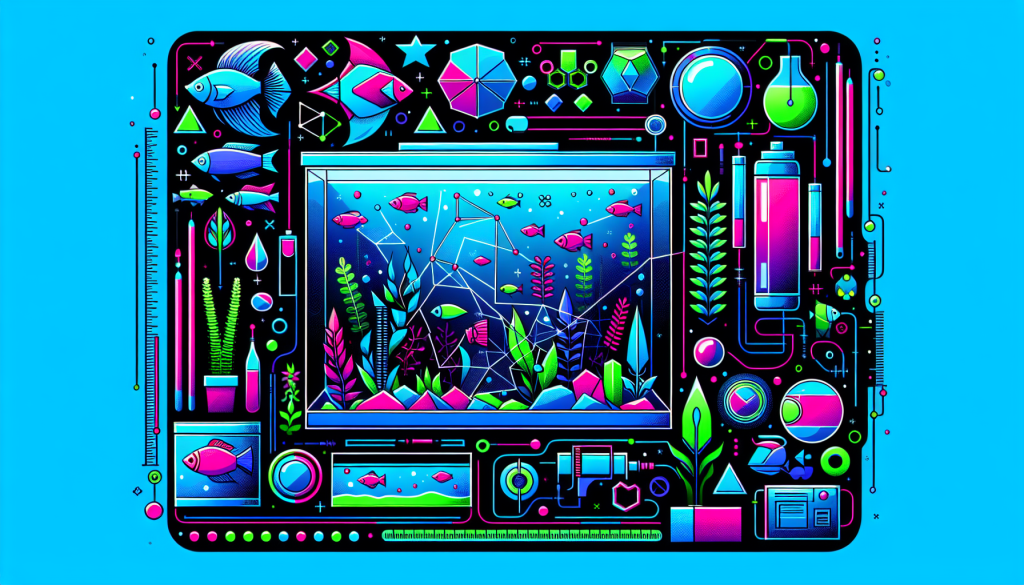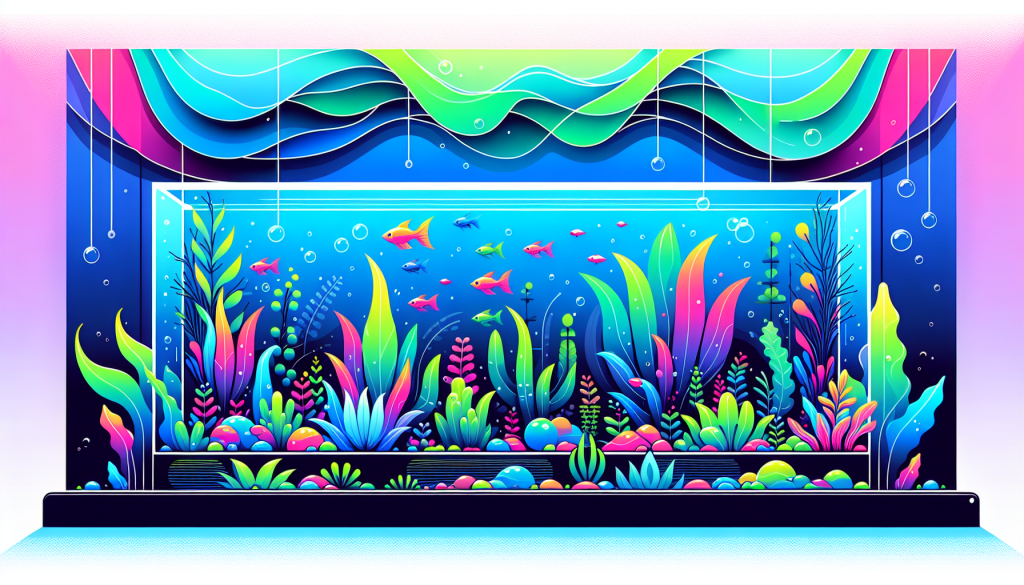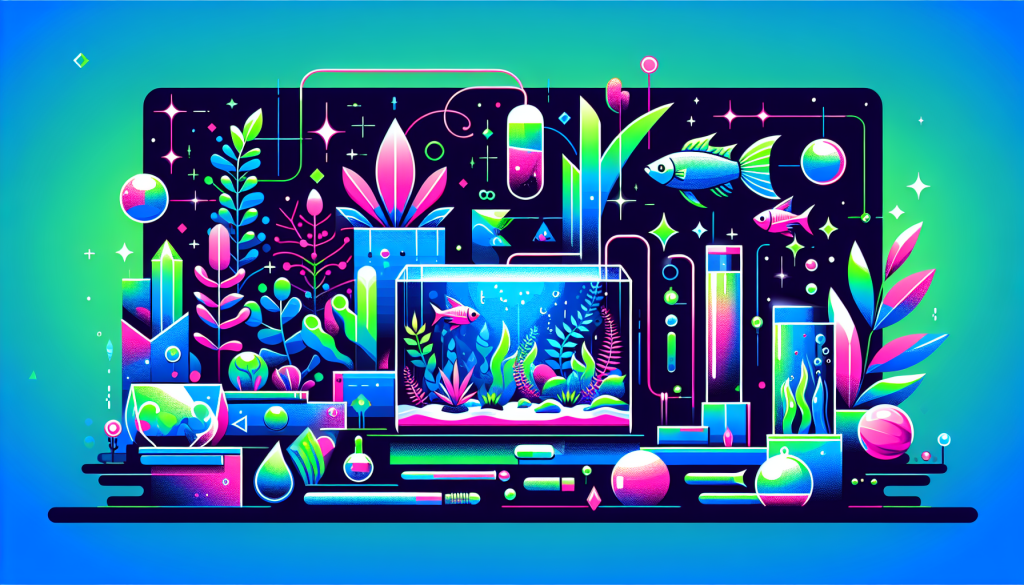Beginner’s Guide to Aquascaping: Tips, Techniques, and Essential Tools
Have you ever gazed at a stunning planted aquarium and wondered how to create your own underwater masterpiece? Welcome to our beginner’s guide to aquascaping! Whether you’re brand new to the hobby or looking to elevate your first tank, this guide covers aquascaping basics, proven techniques, essential tools, and insider tips that will help you build and maintain a thriving aquatic ecosystem.
What Is Aquascaping?
Aquascaping is the art and science of arranging aquatic plants, rocks, driftwood, and other elements inside an aquarium to create visually inspiring landscapes. Drawing inspiration from nature, aquascaping combines creativity, horticulture, and aquatic animal care for a rewarding and therapeutic hobby. Common aquascaping styles include the Nature Aquarium, Iwagumi, Dutch, and biotope designs, each emphasizing different aesthetics and layouts.
Why Start Aquascaping?
Aquascaping is more than just decorating your aquarium. It provides a healthy habitat for fish and invertebrates, encourages plant growth, and delivers a sense of accomplishment. Studies have even shown that watching a beautiful aquascape can reduce stress and enhance well-being!
Essential Tools for Aquascaping Beginners
Before you dive in, gather these essential aquascaping tools:
- Aquarium Tank: A glass or acrylic aquarium; 10-20 gallons is perfect for beginners.
- Lighting: Full-spectrum LED lights promote lush plant growth.
- Aquascaping Tools: Curved scissors, planting forceps, spatulas, and tweezers for precise placement.
- Substrate: Nutrient-rich aquasoil or gravel for healthy plant roots.
- Filtration System: Keeps the water clean and clear.
- CO2 System (optional): Boosts plant growth in more advanced setups.
- Water Test Kits: Monitor critical water parameters like pH, ammonia, and nitrates.
For more detailed equipment recommendations, check out our article on the best aquascaping tools.
Planning Your Aquascape Layout
1. Choose Your Aquascaping Style
Start by researching the major aquascaping styles. The Nature Aquarium focuses on organic, wild layouts, while the Iwagumi style uses minimalism and carefully placed stones for dramatic effect. Select a style that inspires you and fits your space and skill level.
2. Sketch Your Layout
Before adding anything to your aquarium, sketch out your design on paper. Consider the placement of hardscape materials (rocks, driftwood) and the eventual growth and position of aquatic plants. Use the rule of thirds for balanced, eye-catching compositions.
3. Selecting Hardscape Materials
Hardscape forms the structure of your aquascape. Use natural stones (like Seiryu Stone or Dragon Stone), driftwood, and roots. Try arranging these materials in your empty tank before adding substrate or water to find the most pleasing layout.
Choosing and Planting Aquatic Plants
Start with hardy, beginner-friendly aquatic plants such as:
- Anubias – Tough, slow-growing, attachable to rocks or wood.
- Java Fern – Low light needs, perfect for tying to hardscape.
- Cryptocoryne – Attractive foreground and midground options.
- Vallisneria – Vertical, grass-like appearance for the background.
For in-depth plant recommendations, see our guide to the best plants for aquascaping.
How to Plant Your Aquascape
- Fill your tank with 1-2 inches of dechlorinated water. This makes planting easier.
- Use aquascaping tweezers to carefully place plant roots deep into the substrate.
- Attach mosses and epiphyte plants (like Anubias) to rocks or driftwood with thread or superglue gel.
- Mist plants with a spray bottle to keep them moist as you work.
- Once all plants are in position, slowly fill the tank to the top to prevent disturbing your layout.
Maintaining a Healthy Aquascape
Lighting and CO2
Proper lighting is crucial for plant health. For most beginner tanks, 8-10 hours of full-spectrum light daily is ideal. Advanced aquascapes may benefit from a CO2 injection system to promote robust plant growth, but this isn’t essential for simple setups.
Regular Maintenance Tasks
- Perform weekly water changes (20-30%) to remove waste and replenish nutrients.
- Trim plants with aquascaping scissors to maintain shape and encourage new growth.
- Clean algae from glass and remove debris from the substrate.
- Monitor water parameters to prevent spikes in ammonia or nitrate.
Fish and Invertebrate Selection
Stock your tank with peaceful species that won’t disturb your aquascape, such as small tetras, rasboras, shrimp, or snails. Research compatibility with your chosen plants and what maintenance routines work best for your tank community. Dive deeper into the best fish for planted tanks for more suggestions.
Common Aquascaping Mistakes to Avoid
- Using low-quality substrate that doesn’t support plant roots.
- Overstocking fish before your tank is fully cycled and established.
- Neglecting regular maintenance, leading to algae blooms or plant die-off.
- Choosing plants that are too difficult for your current skill level.
- Ignoring the aquascape’s long-term growth and not planning for mature plant size.
Final Thoughts: Start Your Aquascaping Journey Today!
Aquascaping is an endlessly rewarding hobby where creativity meets nature. With the right knowledge, tools, and a little patience, anyone can create a vibrant, living work of art in their own home. If you’re ready to begin your aquascaping journey, check out more blog articles and resources on our site to inspire your next project.
Ready to create your own aquascape? Join the Aquascaping Academy newsletter for exclusive tips, step-by-step guides, and community inspiration. Happy aquascaping!



